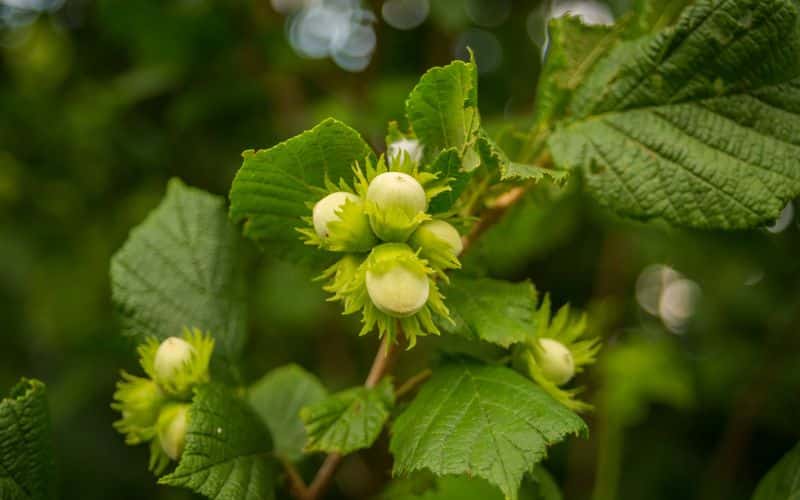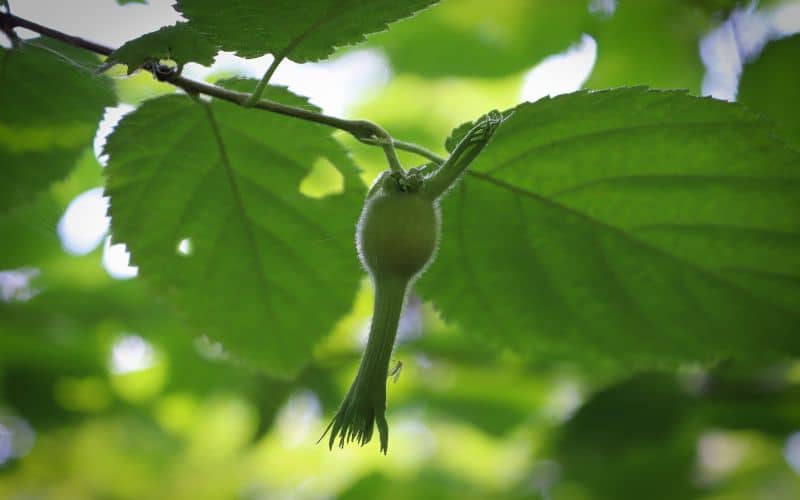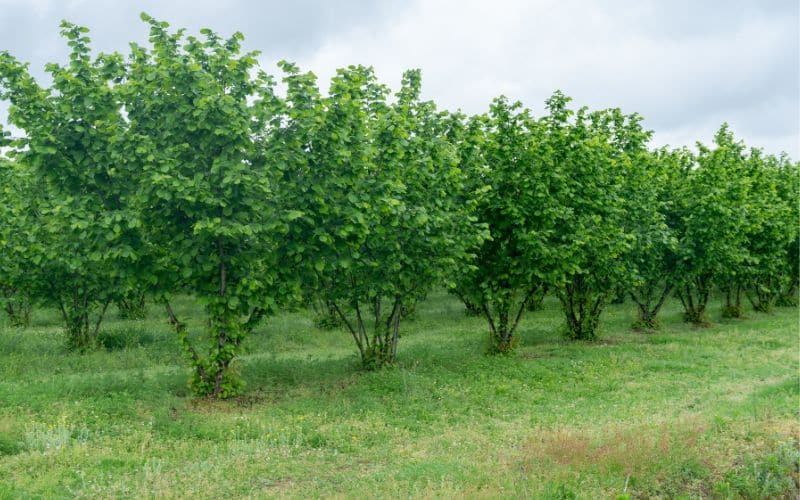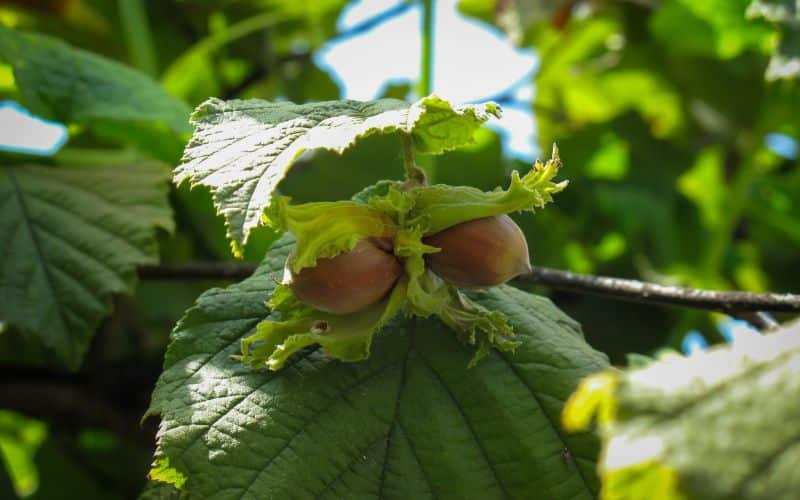
The Hazelnut Tree Phenomenon in Ontario
Hazelnuts have been making quite the splash in Ontario lately. Once considered a niche crop, these nut trees are now becoming a staple in the province’s agricultural scene. But why the sudden interest? Let’s dig in and find out.
Why is Ontario Ideal for Growing Hazelnut Trees?
Ontario’s climate and soil conditions are surprisingly well-suited for hazelnut cultivation. The soil is rich and well-drained, providing an excellent foundation for these nut trees to flourish. Moreover, the province’s relatively mild winters and warm summers create an ideal environment for hazelnuts to grow and produce bountiful crops.
What Are the Different Types of Hazelnuts You Can Grow in Ontario?
If you’re thinking hazelnuts are a one-size-fits-all kind of nut, think again. Ontario offers a playground for hazelnut enthusiasts, with a range of types that can be cultivated to suit different needs and tastes. From the robust American hazelnut to the uniquely shaped Beaked hazelnut, and the native Corylus Cornuta, the options are as diverse as they are exciting. Each of these varieties brings its own set of attributes to the table—flavor profiles, resistance to diseases, and adaptability to soil conditions, to name a few. So, when you’re planning your hazelnut orchard, knowing the nuances of each type can make all the difference in your harvest’s success.
The American Hazelnut: A Closer Look
The American hazelnut is a popular choice among Ontario farmers. This shrub-like tree is resistant to Eastern Filbert Blight, a disease that can devastate hazelnut crops. The nuts are medium-sized and have a rich, buttery flavor that’s perfect for snacking or cooking.

Beaked Hazelnut: What Makes It Unique?
The Beaked hazelnut is another variety that thrives in Ontario. It’s named for its distinctively long, beak-like husk. This variety is particularly tolerant of different soil types and is easy to pollinate, making it a favorite among new hazelnut growers.
Understanding Corylus Cornuta: Is It Right for Your Orchard?
Meet Corylus Cornuta, a Canadian native that’s making waves in Ontario’s hazelnut scene. This variety is more than just a local favorite; it’s a hardy contender that stands up well to the challenges of Ontario’s climate. What sets Corylus Cornuta apart? For starters, it’s got a natural resistance to blight and pests, making it a low-maintenance dream for any orchard owner. So, if you’re in search of a hazelnut tree that not only thrives but also minimizes upkeep, Corylus Cornuta is a strong candidate for your consideration.
How to Grow a Thriving Hazelnut Tree in Ontario
So, you’ve caught the hazelnut bug and you’re ready to dive into this rewarding venture. But where do you start? First things first, find a reputable nursery that knows a thing or two about hazelnuts. They can guide you in selecting a variety that’s best suited for Ontario’s unique conditions. Once you’ve got your saplings, it’s time to roll up your sleeves and get your hands dirty—literally. Test your soil to ensure it has the right pH balance and nutrient levels; this will set the stage for your hazelnuts to flourish. When it comes to planting, give your trees room to breathe—aim for a spacing of about 15-20 feet apart. And don’t forget, the secret sauce to a bountiful harvest is consistent watering and timely fertilization. Follow these steps, and you’ll be well on your way to owning a thriving hazelnut orchard.

What Are the Challenges of Growing Hazelnuts in Ontario?
While hazelnuts are relatively easy to grow, they’re not entirely without challenges. Eastern Filbert Blight is a common issue, but choosing a blight-resistant variety can mitigate this problem. Additionally, hazelnuts require cross-pollination, so you’ll need to plant more than one variety in your orchard to ensure a good yield.
Ontario Hazelnut Association: Your Go-To Resource
So you’ve got your hazelnut trees planted and you’re eager to become a pro. Where do you turn for expert advice? Look no further than the Ontario Hazelnut Association. This isn’t just any organization; it’s a treasure trove of knowledge and resources tailored for hazelnut growers like you. From comprehensive planting guides to invaluable networking events, the association provides a platform to connect with seasoned hazelnut farmers across Canada. It’s like having a mentor, a study guide, and a support group all rolled into one.

From Seed to Nut: The Lifecycle of a Hazelnut Tree
The journey of a hazelnut from a humble seed to a crunchy nut is nothing short of fascinating. It all starts with a tiny seedling, eager to sprout its first leaves. As it matures, the tree develops catkins, those intriguing male flowers that play a crucial role in pollination. But the magic really happens when the tree is pollinated and begins to produce hazelnuts. These aren’t just any nuts; they’re encased in a hard shell, waiting to be cracked open and savored. And when do you get to enjoy this crunchy delight? Harvest time usually rolls around in late summer or early fall, influenced by both the variety of the tree and the quirks of the local climate.
Conclusion: Why Hazelnuts Are Ontario’s Next Big Crop
Hazelnuts are more than just a tasty snack; they’re a burgeoning crop in Ontario with the potential to become a significant agricultural product. With the right variety, soil conditions, and a bit of TLC, you too can grow a thriving hazelnut orchard in this beautiful province.
So, whether you’re a seasoned farmer or a green thumb looking to try something new, hazelnuts offer a promising and rewarding venture. Happy planting!








